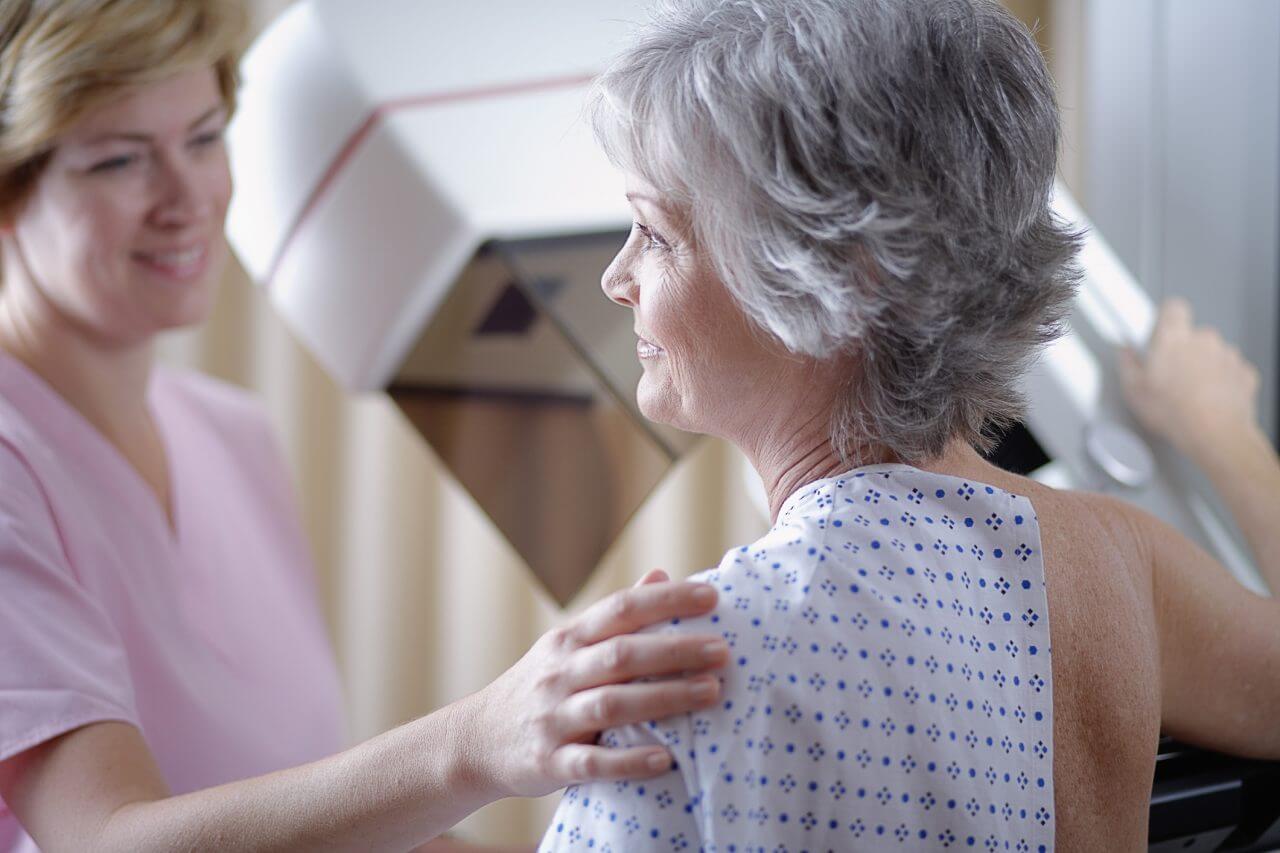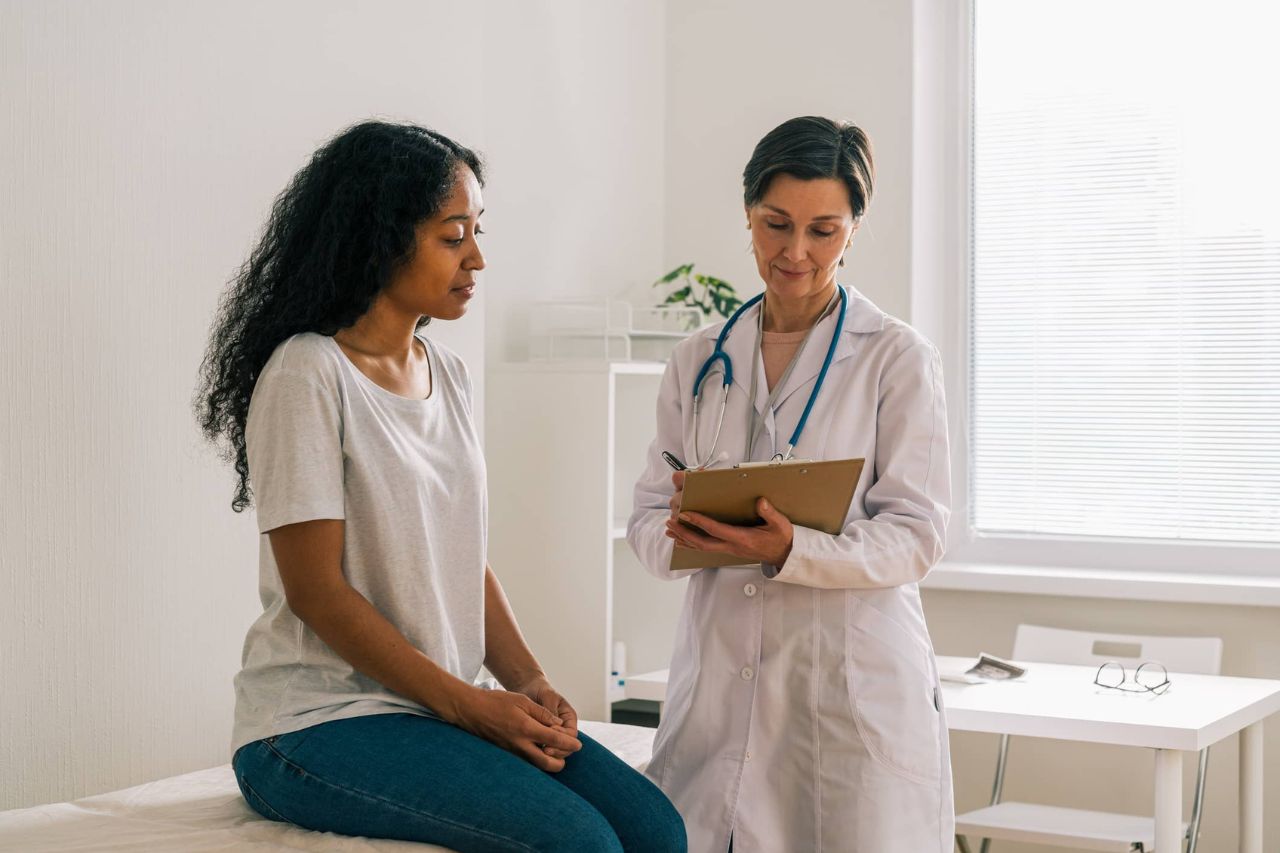5 Things to Know About Ovarian Cancer

Ovarian cancer is frightening because it is not usually found early when it is best treated. Here’s what all women should know about understanding their risk.
1. Ovarian cancer is relatively rare.
About 22,000 women will be diagnosed this year in the United States, and a woman’s lifetime risk of getting ovarian cancer is about 1 in 79. Still, it causes more deaths than any other cancer of the female reproductive system and ranks fifth in cancer deaths among women overall.
2. Getting older increases a woman’s risk of ovarian cancer.
Most ovarian cancers develop after menopause, and half of all ovarian cancers occur in women 63 or older. Ovarian cancer is unlikely but possible, in women younger than 40. Obesity is also a risk factor.
3. You can’t screen for ovarian cancer.
Unlike breast, prostate and cervical cancer, there’s no recommended screening that women without symptoms can undergo to detect ovarian cancer. This and the fact that early ovarian cancer can have no symptoms are why it’s often found at an advanced stage. The symptoms are vague and also can be caused by many benign issues. These symptoms include bloating, pelvic or abdominal pain, trouble eating, a sensation of pelvic “heaviness” and urinary symptoms such as always having to pee.
4. Ovarian cancer can be hereditary.
The risk can come from either your mother’s or your father’s side. If you have one or more relatives who have had ovarian cancer, particularly close relatives such as your mother, sister or daughter, tell your doctor.
5. Having a baby — especially at a younger age — and taking birth control pills both lower the risk of ovarian cancer.
Research shows that women who have carried a pregnancy to term before age 26 have a lower risk than those who haven’t and that women who never carried a pregnancy to term have an elevated risk. Women who have taken birth control pills have a lower risk of ovarian cancer, and the risk is lower the longer the pills are used.
Talk to your gynecologist about your risk. Find a provider near you.



